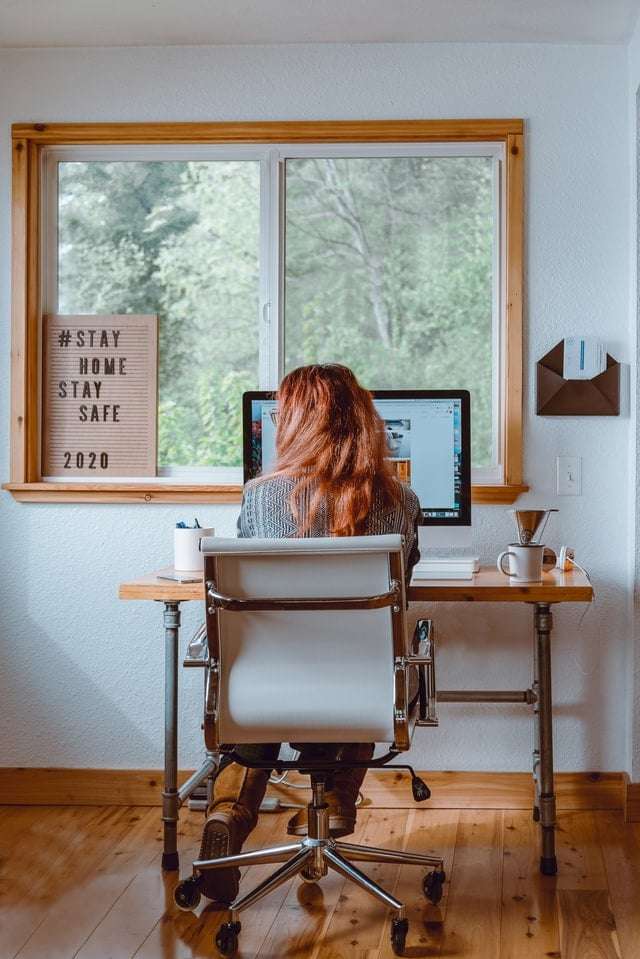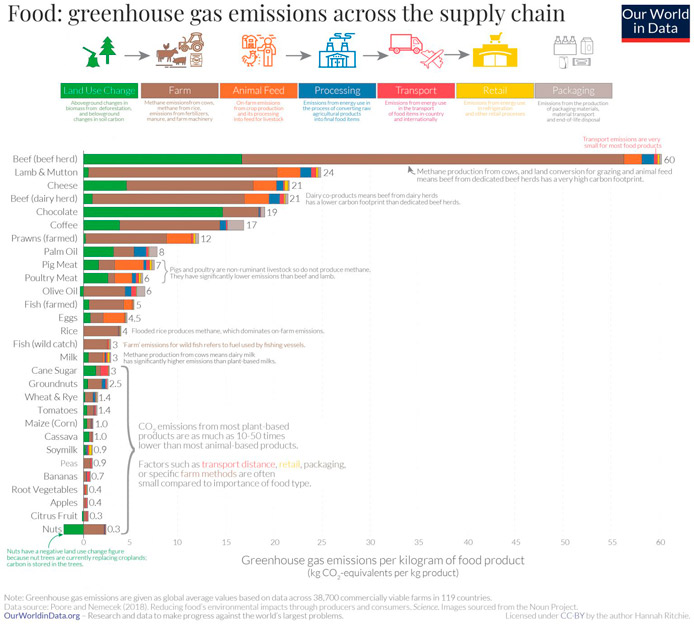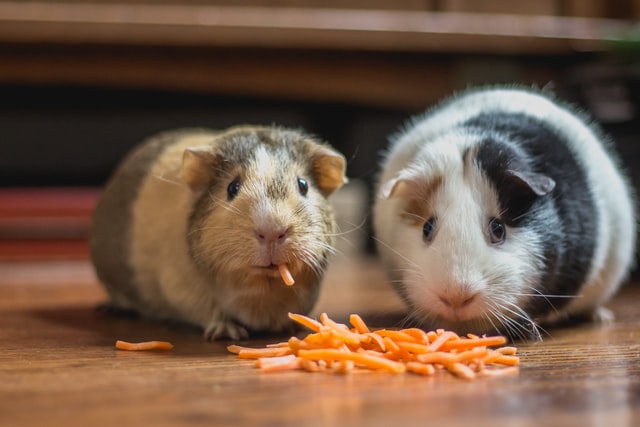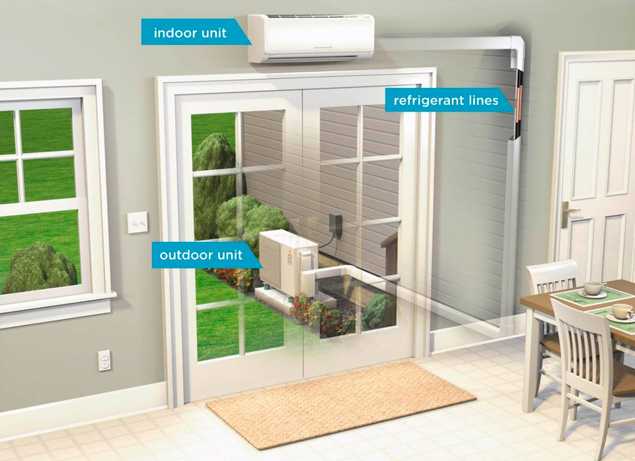Back in 2018, we shared 8 Tips for Going Green in the Workplace. What a difference two years makes!
These days, it seems everyone is working from home, and there are no big signs of change. Earlier this month, Facebook announced its employees would continue working from home until at least July 2021.
Going green in the workplace now means going green at home. Here’s how to go green in the office when the office is at home.
Picking Your Lunch
In 2018, we recommended packing a lunch from home. Well, in 2020, it’s not packing your lunch that’s so important. Everybody is eating at home.
No, if you want to go green, focus more on picking your lunch. You’re probably eating more leftovers because you’re cooking and eating at home more. Conventional wisdom says you should eat locally grown or foraged food to reduce your carbon footprint. But, as this chart shows, it’s not where – it’s what you eat that really matters.
So instead of that beef Lo Mein in your lunch bowl, switch to rice and farm-raised fish like tilapia. Try this Tilapia with Jasmine Rice for dinner and make extra for lunch the next day. Allergic to fish and shellfish? Then use chicken breast instead. When it comes to limiting greenhouse emissions, chickens literally the roost. Eggs and poultry produce fewer greenhouse gasses through the entire supply chain than pork, sheep, or beef. Don’t forget about that egg; we’ll be talking about it again.
Reduce Paper, Toner, and Ink Use
Remember when you printed things on paper and shared them with other people in the office? You distributed handouts to go with your PowerPoint presentations and agenda copies at the start of every meeting. You might have even printed a cartoon to post in your cubicle for a smile. In 2018, we suggested ways to minimize your use of paper because using paper was a thing.
Paper, you ask? What’s that?
Starting March 2020, the only paper that mattered was toilet paper.
Chances are you aren’t using nearly as much paper, toner, and ink in the home office as you were when you got dressed in real clothes and went into the office for work. But if you are still printing, remember the principles to reduce, re-use, and rethink:
- Print on the backside of paper for smaller packets (reduce)
- Re-print on paper that came out of the printer blank or mostly blank (re-use)
- Take notes on a mobile device instead of a notepad (rethink)
These same strategies will help you reduce the number of ink and toner cartridges you use. And when it’s time to buy ink and toner, switch to refurbished and re-manufactured ink and toner cartridges. Ink cartridges languish in landfills for anywhere from 450 to 1,000 years, and the manufacturing process takes from 2 to 5 pints of oil.
Pay Attention to Lighting
In 2018, we suggested that you should turn out the lights at the end of the day. In 2020 we suggested you locate your home office to a place where you get the maximum use of natural lighting. In our blog on creating an eco-friendly home sanctuary, we covered the topic of lighting extensively. Light choices impact our mood and our carbon footprint.
It may be tempting to use a corner of the basement to create your home office, but when it comes to working in an environment that sparks your creativity and productivity, you need light. But remember, you need the right kind of light. Natural light is best, but when you can’t get natural light, replicate it with LEDs.
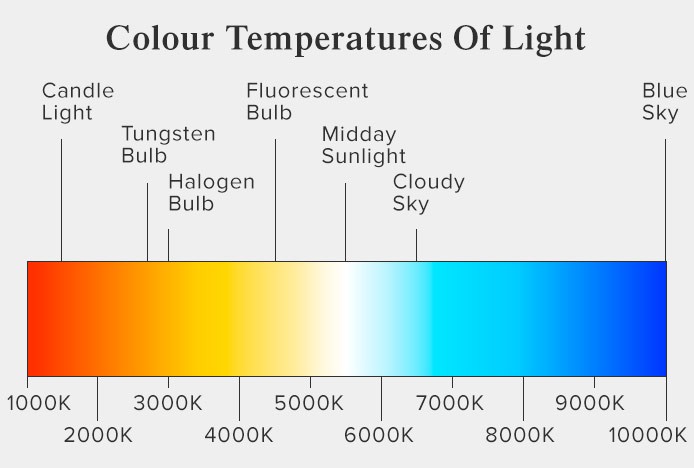
Your most productive light is natural. But if you must work in the basement or a dark corner and rely on artificial light, use LEDs.
LEDs will create a blue-white light that is over 5,000 Kelvins (not Kevins – your office doesn’t have room for that many Kevins) and is as close to natural daylight as you can get from a bulb. The environmental impact is about the same as CFL bulbs, but the productivity impact is better for the work environment.
Bring a Plant to Work
Last time around, we talked about greening up the office by bringing a plant to work. Well, that’s still great advice. Plants scrub the air, working as an air filter. They take the carbon dioxide you are spewing forth with every exhale and convert it back into oxygen.
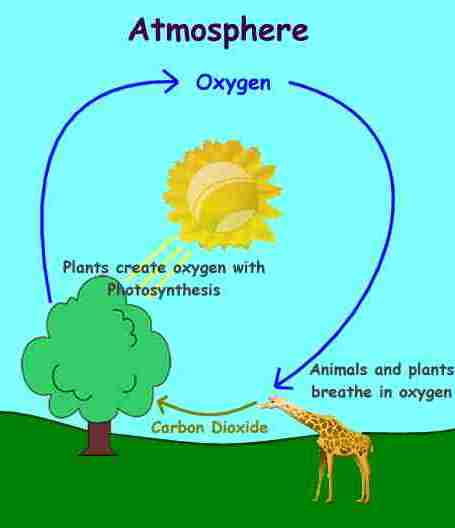
Chances are, you might already have a plant somewhere else in the house. Relocate it to your office space or, better yet, get a new plant. Here are five options for easy-care office plants:
Dwarf mother-in-law tongue

Pothos Ivy
Epipremnum aureum grows in low light, poor soil, or even no soil at all. Also known as devil’s ivy (because it’s a devil to kill perhaps), the pretty heart-shaped green leaves will variegate with the amount of light it receives. The more light it receives, the more yellow and white you’ll see on the leaves. When the vine gets too long or unruly, clip a piece off and place it in a vase of water. It will root, and you’ll have another plant.
Lucky Bamboo
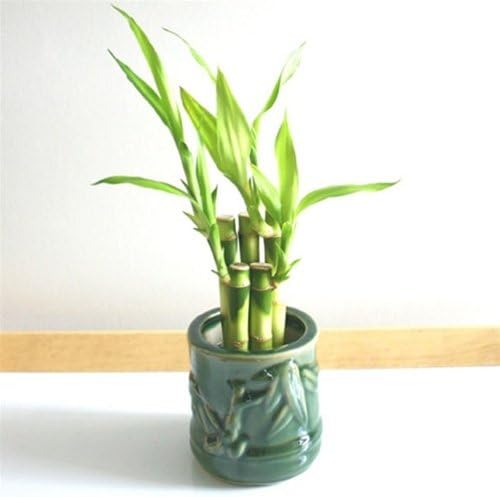
Spider Plants
Since Victorian times, spider plants have been a favorite indoor plant. The leaves may be solid green or variegated with stripes of yellow or cream. NASA once highlighted this plant for its air-purifying qualities. You can grow it in a hanging pot or a pot on a shelf. Either way, it will eventually send out shoots with white flowers that ultimately develop into “pups.” These look like spiders and give the plant its name.
Philodendron

Speaking of soil, don’t let any plant in the home or home office get too wet. Wet soil encourages the growth of aspergillus molds, identified as possible sources of indoor air pollution.
You also want to protect desks, hardwood floors, rugs, and carpets from a watering can cause accidents with plant trays or caddies.
The Environmental Impact Of The Coffee You Drink at Work
Are you the type of person that drinks coffee while you work? When you went into the office, there was probably a break room with a coffee pot that was kept running all day. You and the coffee room might have been great friends.
Now you are working at home; it’s time to look at how you make coffee seriously.
Single Serve versus By the Pot
Do you make your Cup O’ Joe by the cup or the pot? There is a big difference in the environmental impact.
The process of heating the water consumes most of the energy used to make coffee. Because unless you are cold brewing, you’ve got to get that water HOT.
When you turn on a traditional drip coffee maker, you use between 750 to 1200 watts if the appliance shuts off automatically after two hours. That works out to about 730 kWh per year. Using a single-serve coffee pot, you use 60 watts per hour whether the device is turned on or not. Those single-serve devices work fast because they keep the water warm all the time or they keep the heating element constantly warm. So, compare 0.083 kWh for a pot with 12 cups of coffee versus one cup of coffee at 0.24 kWh.

That’s not even considering the mounds of used plastic pods that will end up in the landfill.
If you must use a single cup coffee maker, invest in a reusable K-cup coffee filter. It replaces those disposable coffee pods you buy by the dozens when you venture to the store or order online delivery by the case. Unlike the original reusable pods, today’s options are compatible with most machines (Keurig makes the thing now), and they allow you to create your own coffee pod using the coffee of your choice. This keeps mounds of those used plastic pods from sitting in the landfill next to the used ink and toner cartridges.
Enrich the Ground with Your Grounds
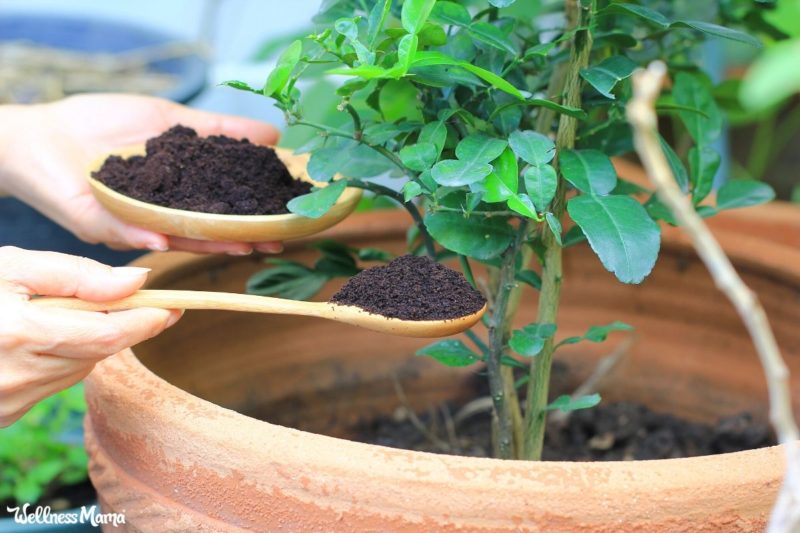
If you really want to be eco-friendly as you drink coffee, recycle those coffee grounds. Whether you get them from the single pod or by the potful, the soil and your plants will thank you. Used coffee grounds release nitrogen, and this is free food for your plants. You can:
- Add coffee grounds and the paper filter to your compost pile.
- Add coffee grounds directly to the soil surface or scratch in lightly.
- Make a tea (yes, coffee becomes tea) by soaking 2 cups of coffee grounds in 5 gallons of water and spray plants weekly.
If you drink coffee while you work from home, think about your beverage’s environmental impact, and then enjoy it in the most eco-friendly fashion. Besides, now that you have a plant in the office, you can literally share your coffee with it. (Don’t water the plant with coffee unless you drink it black).
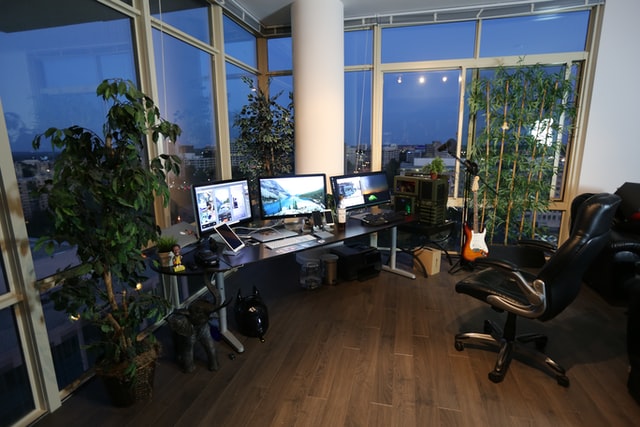
Recycling at the Home Office
In 2018 we encouraged you to recycle at the office. That meant separating the waste into bins and possibly even dropping off the recycled materials at a special facility.
My how times have changed.
When you work from home, chances are you already take advantage of a neighborhood recycling program. If not, shame on you!
Seriously, whether your neighborhood uses single stream recycling or you sort recyclables, make a point of recycling all the plastic, glass, and aluminum you can. If your employer requires paper to be shredded for security purposes, this probably shouldn’t be added to the recycling stream. Instead, use shredded paper as cage bedding for small pets like hamsters, gerbils, and guinea pigs. You can add shredded paper to the compost pile along with those coffee grounds too.
Replace Prepackaged Snacks with Prepacked Snacks
Get the mid-morning munchies? Does 3:00 bring tummy rumblings that rival an earthquake? It’s easy to grab one of those 100 calorie snack packs, but is that the most eco-friendly move? These prepackaged and preportioned snacks may be convenient, but they carry a hefty price-tag in the environmental impact department.
Prepack your own healthy 100 calorie snack packs in reusable containers for grab and go convenience. You’re at home. You have no excuse. It’s a great way to keep the planet and your body in good shape. Here are some great ideas for snacks that are easy to prepare in advance and are 100 calories or less:
- 1 cup of plain Cheerios
- 3 cups air-popped popcorn
- 14 almonds
- 6 whole-grain pretzel sticks
- 1/3 cup edamame
- 1 cup grapes
- 1 medium banana
- 1 cup berries (blueberries, strawberries, raspberries)
- 8 Zesta saltine crackers
- 4 cups (!) cherry tomatoes
- 4 cups raw broccoli pieces
Also, think about noshing on a boiled egg or a slice of cheese for a low calorie but protein backed snack. You can make boiled eggs in an Instapot in about 3 minutes and snack on them all week long. Remember, eggs have a low carbon emission contribution.
Keep the extra packaging out of the landfill, save money, and eat healthier. While you’re at it, snack with a cloth napkin. It uses less energy to wash and dry a cloth napkin than produce a paper napkin.
This work and snack from home thing might be okay after all.
Use Targeted Climate Control
Remember when you used to use that fancy thermostat to control the temperature when you left for work?
Whether it was a programmable thermostat or used an app for thermostat control, you probably adjusted the temperature up or down when you left the house for the day. Since nobody is leaving the house anymore, energy consumption for heating and air conditioning is up.
What if you could still save energy on heating and cooling the rest of the house while keeping your office comfortable? It’s possible by targeting your climate control.
Ductless mini-splits and ductless mini-split heat pumps allow you to heat or cool one area. These systems use much less energy than heating or cooling the entire house. If you’re spending the day at work in one area, it doesn’t make sense to continue to heat or cool the rest of the house.
A mini-split heat pump can cut your heating costs in half and cut your cooling costs by 30% compared to a regular room air conditioner.
The mini-split will cost more initially, but you will save more over using a room space heater or portable air conditioner.
But that doesn’t mean you can rule those out.
A window-mounted air conditioner will use less energy than a portable AC unit. No matter which way you go, stop heating and cooling the entire house while you are at work. Target your climate control.
Don’t Feed the Vampires at Night.
You’ve got an office full of vampires. Energy vampires, that is. Could you not feed them anymore than you must?
Energy vampires drain and use power even when they are turned off. Look for “bricks” and “wall warts.”

On the other hand, a wall wart is much larger. You’ll find these vampire feeders attached to the cords on:
- laptops,
- personal computers,
- devices that turn on instantly with a remote control
- internet routers
- DVRs
- Video game consoles
- Cable or satellite boxes
Now chances are you don’t have a video game box in your office (you are supposed to be working), but you do probably have some of these other devices. They are draining your energy.
Combating the Energy Vampires
Make like Buffy and start slaying those vampires. Unplug warts and bricks when not in use.
If that’s not practical, plug warts and bricks into a power strip with an on/off switch. At the end of your day, turn the switch off. Take that vampire!
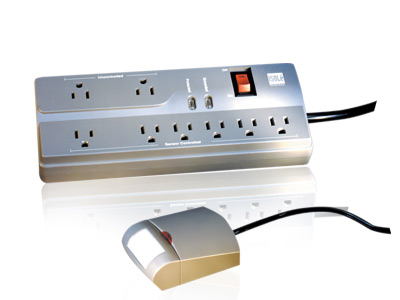 Go into Ninja vampire-slaying mode with a smart power strip. These modern marvels look like a conventional power strip, but they sense when power consumption drops. This triggers the circuit to quit providing power to that device. Because they are smart enough to know you’ll need some power at all times, most models feature one or two slots that are “always-on.”
Go into Ninja vampire-slaying mode with a smart power strip. These modern marvels look like a conventional power strip, but they sense when power consumption drops. This triggers the circuit to quit providing power to that device. Because they are smart enough to know you’ll need some power at all times, most models feature one or two slots that are “always-on.”
Even if you can’t kill the vampires, you can use the sleep mode for peripherals you don’t use all day. Remember that printer? No need to keep it powered up all day if you aren’t printing. Either keep it in sleep mode or keep it unplugged.
Keeping It Green In the 2020 Office
Keeping it green in the home office isn’t hard. Like most of life in 2020, you’ve just got to think a little differently:
- Consider what you eat for lunch.
- Make sure your office has the right light.
- Get smart with office supplies.
- Think about your coffee
- Grab a plant
- Enjoy a snack
- Control your microclimate
- Kill those energy vampires
It’s your home, your office, and your planet. Make the most of it all.

About the Author
Cheryl is our go-to guru for all things sustainable living. She’s on a mission to make your family and our planet thrive! With a heart as big as her passion for sustainability, Cheryl brings you the freshest insights on eco-friendly building products and energy efficiency. 🌱💡
And hey, did you hear about the eco-friendly lightbulb that went to therapy? It finally found its inner “enlightenment”! 😄 Join Cheryl on this green journey, where she’ll tackle your concerns with a smile and a sprinkle of eco-humor!

